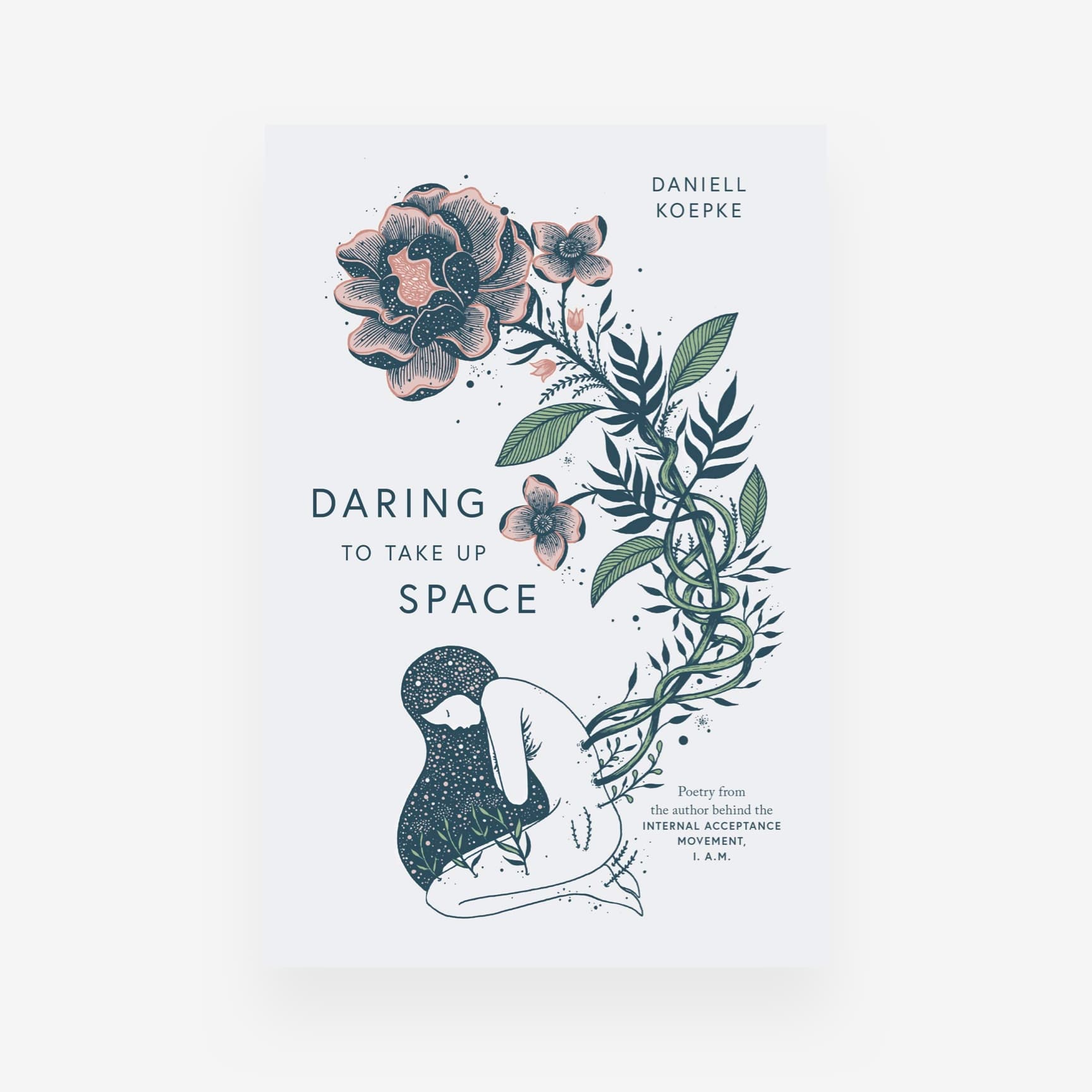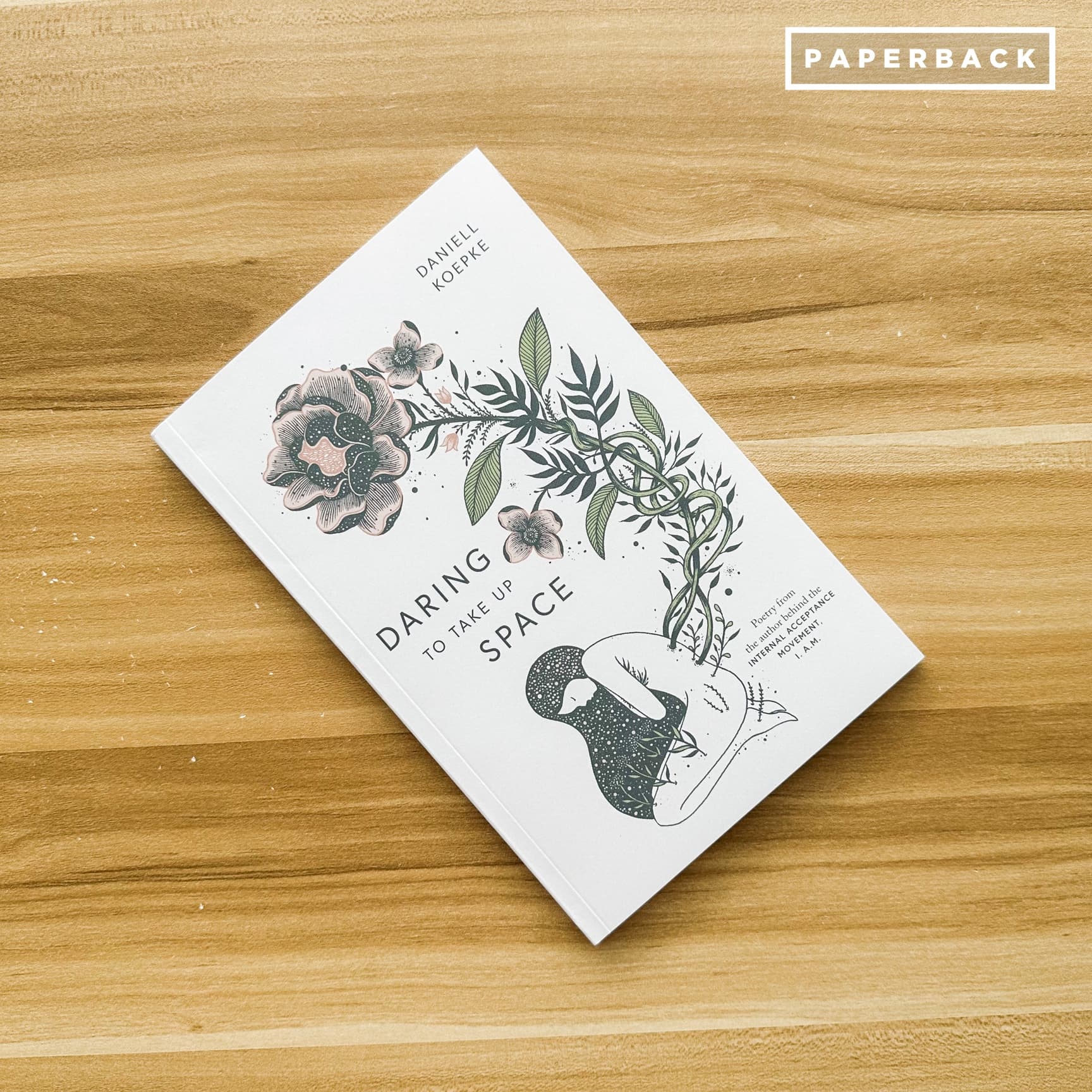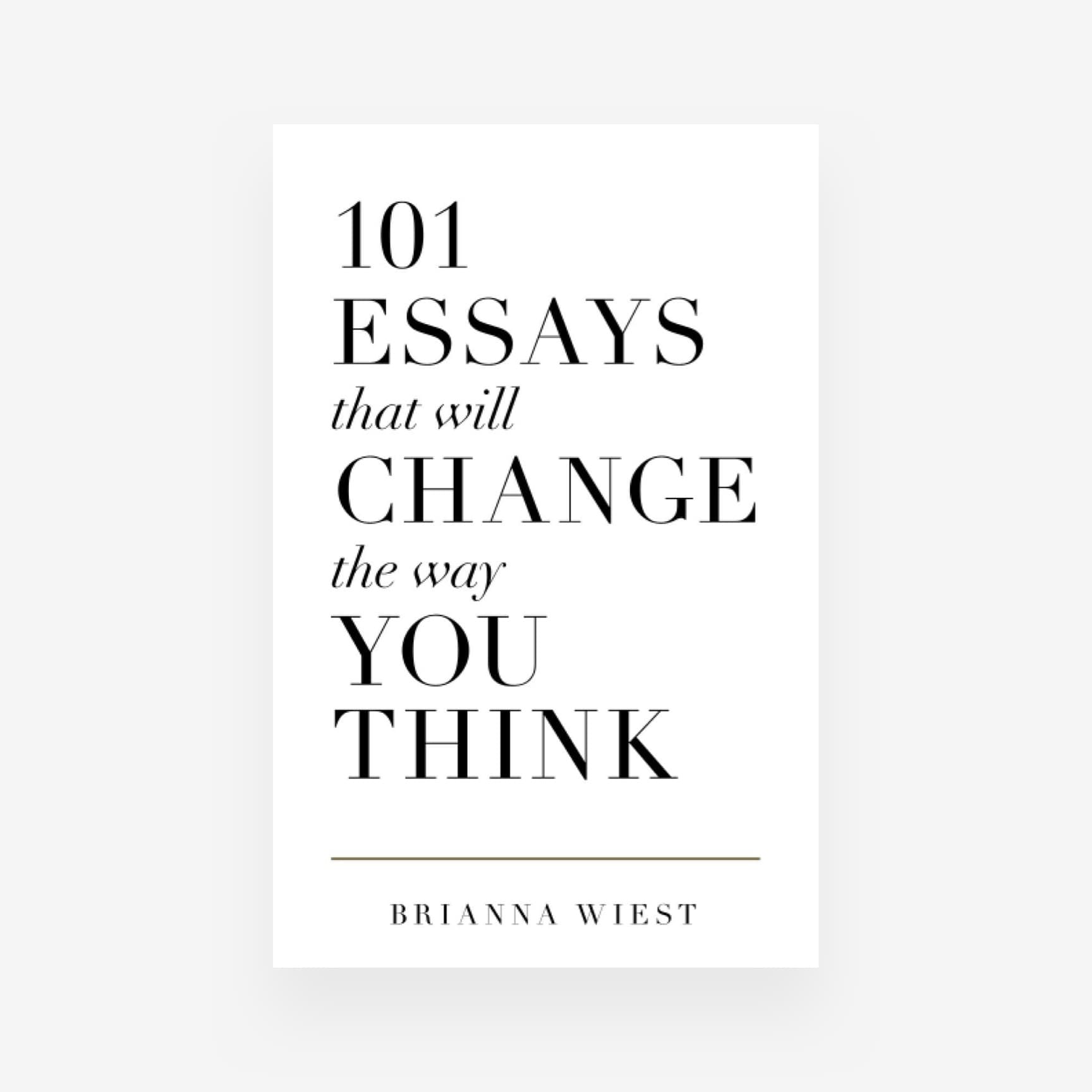Annotating books is an invaluable skill that transforms reading from a passive activity into an engaging and interactive process.
Whether you're reading for study, work, or leisure, annotating helps you grasp key concepts, retain essential information, and connect ideas in ways that elevate your comprehension.
In this blog, we’ll dive deeper into how to annotate books for better understanding and make the most out of what you read.

1. Highlight Key Points
Highlighting is one of the most popular methods of annotation, and for good reason. It visually breaks up the text, making key ideas stand out. However, to maximize the effectiveness of this technique, you must be strategic. Here’s how to do it:
- Be selective: Resist the temptation to highlight everything. Only highlight information that is crucial to the understanding of the text. This might include definitions, essential arguments, conclusions, or any part of the text that directly supports the main idea.
- Color-coding: Take your highlighting to the next level by using different colors to signify different types of information. For example, you could use one color for key terms, another for important concepts, and another for examples or case studies. This method allows you to quickly locate the type of information you're looking for when revisiting the text.
- Avoid over-highlighting: It’s easy to get carried away and end up with an entire page covered in neon yellow. Over-highlighting defeats the purpose of marking important parts of the text, as it becomes difficult to distinguish between the truly critical sections and the merely interesting ones. Aim to highlight sparingly, focusing only on the most relevant and essential points.
2. Write in the Margins
Writing notes in the margins is a powerful way to engage with the text as it forces you to actively process what you're reading. This process is known as "active reading," and it can greatly improve your comprehension. Here's how to do it effectively:
- Summarize in your own words: As you read, write short summaries or paraphrases of the key points in the margins. This simple act helps you internalize the information and ensures that you're not just passively reading. Summarizing forces your brain to digest and condense the information, which is a key step in truly understanding a text.
- Ask questions: As you read, engage critically by jotting down questions in the margins. Ask yourself why the author is making a certain argument, whether you agree with their point, or how this information connects to something you already know. Questions like "Why is this important?" or "How does this apply to my work/studies?" make the material more relevant and help deepen your understanding.
- Make connections: Use the margins to note any connections you see between the material you're reading and other things you've read or experienced. These connections could be personal, academic, or professional. By linking new information to your existing knowledge, you're more likely to remember it and grasp its significance.
- Personal reactions: Don’t be afraid to write down your personal reactions as you read. Whether you’re shocked by a statistic, intrigued by a theory, or disagree with a conclusion, writing down your reactions helps you stay engaged with the text and makes the reading experience more interactive.
3. Use Symbols
Using symbols can speed up your annotation process and help you quickly mark important passages without the need for lengthy explanations. Symbols make it easy to spot crucial points when reviewing the text later. Below are some common symbols you can use, and feel free to create your own:
- ? (Questions): Mark areas of the text that are confusing or that you want to explore further. For example, if the author makes an assertion that seems questionable or unclear, put a question mark next to that section and revisit it later.
- ! (Important/Exciting): Use an exclamation point to signify a section of the text that surprised you, made you think deeply, or seemed especially important. It can help you quickly locate those exciting "aha!" moments later.
- ★ (Key ideas): A star can be used to highlight key takeaways or critical points. These are often the main arguments of the text or key concepts you want to remember.
- → (Connections): Use arrows to draw connections between different parts of the text. For example, you might want to connect a point made in chapter one with supporting evidence found later in the book. This technique helps you see how the author builds their argument and ties concepts together.
4. Summarize at the End of Chapters
A summary concisely summarizes the major points in a chapter or section. Writing summaries at the end of each chapter or section allows you to consolidate your understanding and retain key points without having to reread everything. Here’s how you can approach this:
- Identify the main argument: Every chapter or section typically has one overarching argument or idea. Write down this central argument in your own words. This helps you to focus on the big picture and avoid getting lost in the details.
- List supporting points: In addition to the main argument, chapters often include several smaller ideas or pieces of evidence that support the central thesis. Jot these down in a bulleted list for easy review.
- Keep it brief: A summary should be just that—brief. Aim to capture the essence of the chapter in just a few sentences. This forces you to focus on the most important information and discard extraneous details.
- Reflection: Summarizing is also a great opportunity for self-reflection. After summarizing, ask yourself, "What did I learn?" or "How does this information impact my understanding of the subject?" This step solidifies the material in your memory.
5. Ask Questions
Questioning the text is a technique that turns passive reading into a dialogue between you and the author. Asking questions helps you think critically about the content, allowing you to engage with the material more deeply. Here are some ways to incorporate questioning into your annotations:
- Why did the author include this?: As you read, ask yourself why the author included certain information or made a particular argument. This encourages you to think about the author's intent and the purpose behind the text.
- How does this apply to my life/work?: Make the material more relevant by questioning how it applies to your personal or professional life. This can make even abstract or theoretical material feel more tangible and useful.
- What don’t I understand?: If something in the text doesn’t make sense, don’t ignore it. Mark it with a question mark and either try to resolve it by rereading or plan to research it later. This active engagement with the text prevents gaps in understanding.
6. Use Sticky Notes for Additional Thoughts
Sticky notes are a great alternative if you don't want to write directly in the book, especially for books you plan to lend or resell. They also give you more space to expand on your ideas. Here’s how to use them effectively:
- Expanding on ideas: Sticky notes allow you to write longer comments or reflections without cluttering the margins. If a particular point sparks an idea or reminds you of another book or concept, jot it down on a sticky note.
- Color-coding: Like with highlighting, color-coding your sticky notes can help organize your thoughts. Use different colors for different types of notes (e.g., blue for questions, yellow for summaries, pink for personal reflections).
- Moving notes: One of the key advantages of sticky notes is their mobility. You can move them around as needed or remove them if you find that certain annotations aren’t useful upon a second reading.
7. Connect Ideas
Annotating isn't just about marking up individual sections of a book—it's also about seeing the connections between different ideas, both within the text and with external sources of information. Here’s how to make meaningful connections in your annotations:
- Cross-reference: Draw arrows or use other symbols to cross-reference ideas within the book. If the author mentions a concept in one chapter and later provides an example or additional explanation, draw a line to connect those sections. This helps you see the progression of the author's argument.
- External connections: As you read, you may find that certain ideas remind you of things you've read elsewhere. Make note of these connections in the margins or on sticky notes. For example, if you're reading a psychology book and it reminds you of a concept from a business book you’ve read, jot it down. This can help you synthesize information across disciplines and better understand the material holistically.
Read Smarter, Not Harder, and Annotate for Deeper Understanding
Annotating is a powerful technique that transforms reading into an active and thoughtful experience.
By highlighting key points, writing in the margins, using symbols, summarizing, asking questions, using sticky notes, and connecting ideas, you’ll gain a deeper understanding of the material, retain informathttps://gregory.ph/ion longer, and have a richer reading experience overall.
With these annotation strategies, you'll not only understand books better but also engage with them on a deeper level.
Start annotating books from Gregory Books PH.














